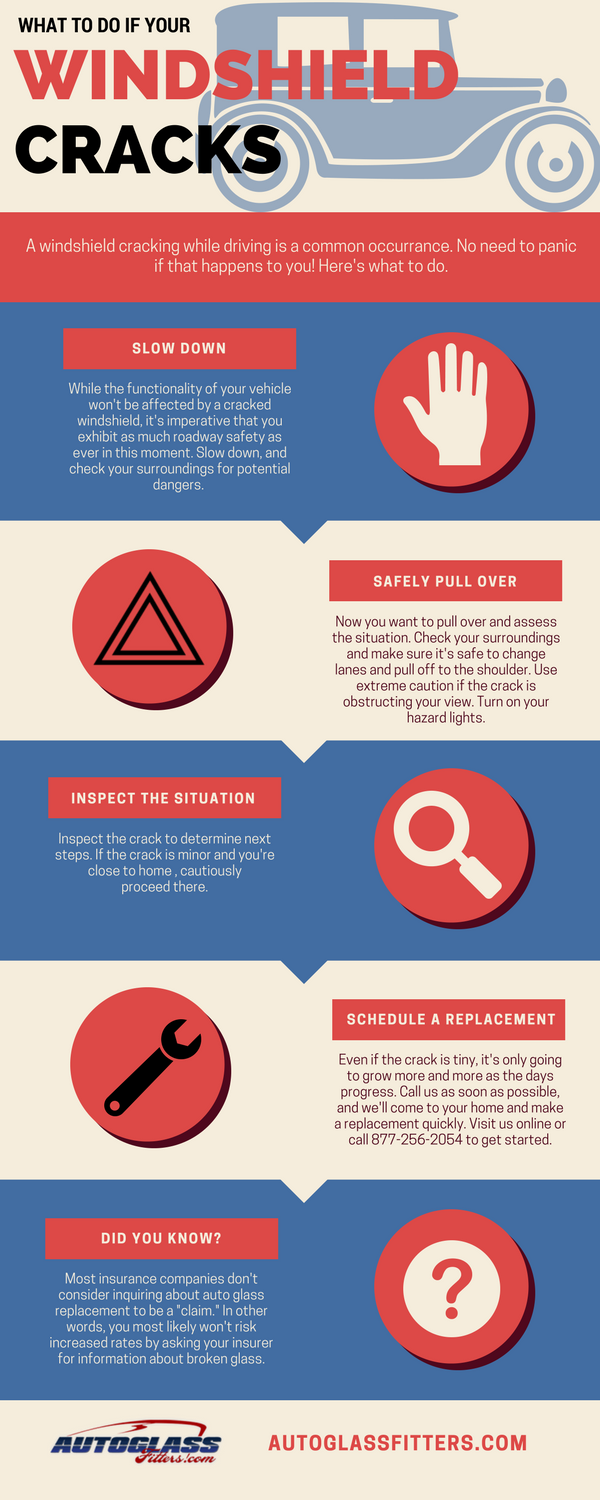Optimal Pressure Cleaning Methods For Different Sorts Of Surface Areas
Optimal Pressure Cleaning Methods For Different Sorts Of Surface Areas
Blog Article
Content Composed By-Lassen Keating
When it concerns push washing, the strategy you choose can make all the distinction in accomplishing a tidy, streak-free finish. You may find that difficult surfaces, like concrete, need a various approach than softer products, such as wood or vinyl. It's vital to adapt your techniques to the surface kind to stop damage while optimizing cleaning performance. So, what are the very best techniques for every surface area, and how can you guarantee you're using the right settings and tools for the task? Allow's discover what you require to understand to obtain the very best outcomes.
Tough Surfaces
When it concerns push cleaning hard surface areas, preparation is crucial. Prior to you also consider taking out the pressure washer, put in the time to clear the area of any particles, furniture, or obstacles. You do not desire anything entering your means or possibly damaging your equipment.
Next, check the surface for any fractures or damage; this will certainly aid you determine the appropriate strategy and pressure setups.
As soon as you've prepared the location, it's necessary to pick the ideal nozzle. For hard surface areas like concrete or block, a slim nozzle (15 or 25 degrees) works best to supply a focused stream of water that can successfully get rid of grime and discolorations. Always begin at a distance and slowly move closer to prevent any kind of surface area damages.
As Suggested Studying begin washing, keep the stick moving to avoid touches and over-saturation. It's additionally useful to work from the top down, enabling dust and particles to get rid of normally.
Ultimately, bear in mind to rinse the surface area completely after cleaning up to remove any type of remaining detergent. With these strategies, you'll accomplish a tidy and rejuvenated appearance on all your difficult surface areas.
Soft Surfaces
Stress washing soft surfaces needs a gentler strategy to secure them from damage. Whether you're cleansing your deck, patio furnishings, or siding, using way too much stress can bring about dents, scratches, or even irreversible damage.
Begin by selecting a low-pressure nozzle, preferably a 25-degree or broader spray pattern, to spread the water extra gently.
Before you start, it's essential to pre-treat any discolorations with an ideal cleaning option. This action enables the cleaner to penetrate the dirt and gunk, making it less complicated to remove without rubbing too hard.
Constantly use the option from all-time low approximately protect against streaking.
When you begin stress washing, preserve a range of a minimum of 12 to 18 inches from the surface. Relocate your wand in a sweeping activity, maintaining it alongside the surface area to stay clear of focused pressure on one place.
Rinse the area extensively after cleaning to remove any kind of recurring cleanser.
Last but not least, examine the surface area for any kind of missed out on spots and repeat the process if required. By complying with these actions, you can properly clean soft surface areas while maintaining their integrity and appearance.
Specialized Surfaces
Cleaning up soft surfaces requires care, yet specialty surface areas require a lot more attention to detail. When you deal with these surfaces, like delicate timber, discolored concrete, or specific sorts of siding, utilizing the appropriate stress washing methods is crucial to avoid damages.
Initially, analyze the product. As an example, treated wood can commonly hold up against moderate stress, yet softer woods like cedar might require a lower setting. Constantly begin with the most affordable pressure and slowly enhance if necessary.
For tarnished concrete, utilize a fan spray nozzle and preserve a constant range to prevent engraving the surface.
When taking care of surface areas like vinyl siding or repainted surface areas, a wide spray pattern assists distribute the stress equally, safeguarding the surface.
It's also a good idea to use cleaning agents especially developed for specialty surface areas. https://www.washingtonpost.com/home/2022/03/07/tips-repair-upholstery-damage-cats/ can boost cleaning without jeopardizing the product.
Wash thoroughly after washing to eliminate any kind of deposit, as it can cause staining or degeneration with time.
professional high rise window cleaning , grasping stress cleaning strategies for various surfaces can make all the difference in your cleaning results. For difficult surfaces, stick to slim nozzles and a top-to-bottom technique, while soft surfaces require a gentler touch with larger nozzles. Do not neglect to pre-treat spots and rinse extensively to stay clear of deposit. By adjusting your techniques per product, you'll not only achieve a cleaner finish however additionally protect the stability of your surface areas. Delighted cleansing!
